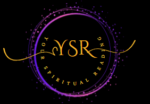Sacred Signs And Their Religious Meaning
Sacred Signs are special symbols or gestures that have important meanings in different religions and cultures around the world. They can be shapes, pictures, or actions that represent spiritual ideas or beliefs. People use them in their prayers, ceremonies, and rituals to show their faith and connect with something greater than themselves. Some examples include the cross in Christianity, the crescent moon and star in Islam, and the lotus flower in Buddhism. These signs are like special codes that help people express their deepest feelings and beliefs about life and the universe.
Why Are Sacred Signs Important?
Sacred signs help people connect with their beliefs and traditions. They remind us of important values like love, peace, and unity. When we see these symbols, we’re reminded of the wisdom passed down through generations and the beauty of different cultures. Lets explore some of the Sacred and understand what they mean?
Put your mouse over each symbol to understand it’s meaning
photo Credit: shutterstock


“OM” is a special sound in Hinduism that represents the universe’s creation and our connection to it. It has three parts: A, U, and M, which stand for creation, preservation, and ending. Chanting “OM” helps us feel peaceful and connected to everything around us.


The “Hamsa” symbol, often called the “Hand of Fatima” or “Hand of God,” is a sacred symbol in various religions, including Islam and Judaism. It represents protection, blessings, and the hand of the divine guiding us. Many people wear or display the Hamsa as a symbol of good luck and spiritual connection.


The Star of David, a symbol in Judaism, is made of two interlocking triangles. It represents the connection between God and people, and the balance between spiritual and earthly realms. Jews see it as a sign of protection, unity, and their faith’s rich heritage.


The Yin and Yang symbol, from Taoism, shows balance and harmony. Yin (black) represents darkness and femininity, while Yang (white) represents light and masculinity. Together, they show how opposites are connected and how balance is important in life.


The Christian fish, also known as the Ichthys, is a symbol used by Christians. It looks like a fish and represents Jesus Christ. Early Christians used it to secretly identify each other. Today, it’s a symbol of faith and belonging for many Christians around the world.


The lotus flower is a symbol of purity, enlightenment, and rebirth. It grows in muddy waters but emerges pristine and beautiful, symbolizing spiritual growth and enlightenment amidst life’s challenges. In Buddhism, Hinduism, and other spiritual traditions, the lotus represents the journey from darkness to light and the attainment of inner peace and wisdom.
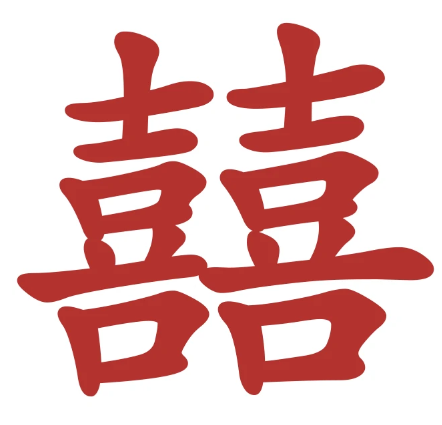

“Double Happiness” is a traditional Chinese symbol representing marital happiness and joy. It consists of two Chinese characters for “happiness” arranged side by side, often seen at weddings and celebrations to symbolize the union of two individuals and the doubling of joy and blessings.
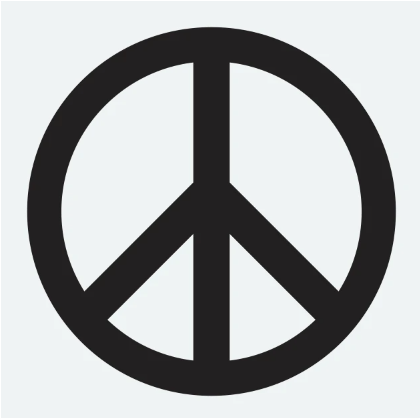

The peace sign is a universally recognized symbol representing peace and harmony. It features a circle with three lines extending from the bottom center, forming a sort of upside-down “Y” shape. The peace sign became popular during the 1960s as a symbol of the peace movement and opposition to war.


The caduceus is a symbol of medicine and healing, featuring a staff with two snakes winding around it. Associated with Hermes in Greek mythology, it represents commerce, negotiation, and protection. Today, it’s widely used to symbolize healthcare and medical professions.


The endless knot is a symbol of Buddhism, featuring intertwined lines with no beginning or end. It represents the interconnectedness of all things and the eternal cycle of life, death, and rebirth. It symbolizes wisdom and compassion, commonly seen in Buddhist art and rituals.
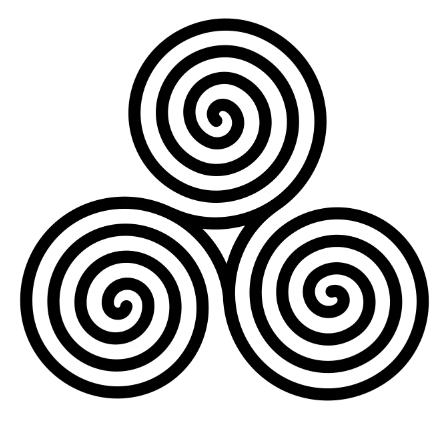

The triple spiral, or triskelion, is a symbol with three interconnected spirals. It’s associated with Celtic culture and represents concepts like growth and cycles of life. Found in ancient Celtic art, it may symbolize land, sea, and sky or stages of life: birth, life, and death.


The pentacle, commonly associated with Wicca, Paganism, and ceremonial magic, features a five-pointed star enclosed within a circle. Symbolizing elements like earth, air, fire, water, and spirit, it holds significance in spiritual practices for protection, balance, and connection with the divine.


The sacred sign of the cross is a symbol belonging to Christianity. It shows that Jesus Christ, a key figure in Christianity, died on a cross to save people from their mistakes. It’s like a special way to ask for protection and blessings from God and reminds Christians of their beliefs in Jesus and God’s love.


The Khanda is a symbol in Sikhism, representing unity, strength, and justice. It includes a central double-edged sword for God’s power, surrounded by two curved swords for spiritual and temporal balance. It symbolizes Sikh beliefs in equality, justice, and devotion to God.
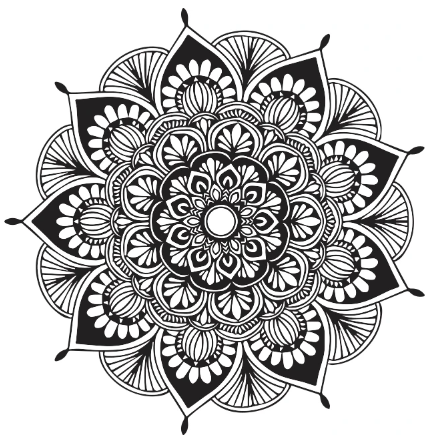

A mandala is a circular design used in various cultures and religions, such as Hinduism and Buddhism. It represents the universe and the idea that everything is connected. Mandala-making is a form of meditation, where intricate patterns are drawn or created to aid focus and spiritual growth. It’s a symbol of balance, unity, and harmony.


Dragons are mythical creatures found in various cultures, including Eastern and Western mythology. They’re often depicted as powerful beings with serpentine bodies, wings, and fiery breath. In Eastern cultures like Chinese mythology, dragons symbolize strength, wisdom, and good fortune, while in Western traditions, they’re often portrayed as fierce adversaries.
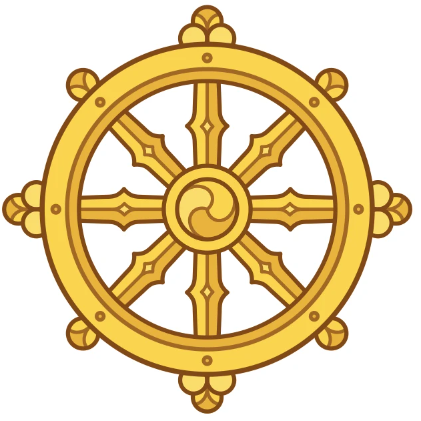

The Dharma Wheel is a Buddhist symbol representing the teachings of the Buddha, called the Dharma. Its eight spokes stand for the Noble Eightfold Path, the way to enlightenment. It represents the cycle of life, death, and rebirth, and the quest for spiritual freedom.


The evil eye is a belief found in various cultures that someone can cause harm by just looking at another person with envy or jealousy. It’s often thought to bring bad luck, illness, or misfortune. Different cultures have different ways to protect against the evil eye, like wearing talismans or charms.


The Bagua is a symbol used in Feng Shui, a Chinese practice with roots in Taoism. It’s an octagonal map dividing spaces into eight sections, each representing aspects of life. By arranging objects according to the Bagua, practitioners aim to create harmony and positive energy flow in line with Taoist principles.


The Bodhi leaf symbolizes enlightenment in Buddhism, representing the tree where the Buddha attained enlightenment. It signifies wisdom and spiritual awakening for Buddhists worldwide. The Bodhi leaf serves as a sacred reminder of the potential for enlightenment within all beings.


The Ankh is an ancient Egyptian symbol representing life and immortality. It resembles a cross with a looped top and is often depicted in the hands of gods and pharaohs in Egyptian art. It symbolizes the key to eternal life and is associated with divine protection and fertility.


The Earth Medicine Wheel is a sacred symbol used by Indigenous cultures. It represents the interconnectedness of all life and nature’s cycles. Divided into four quadrants, it symbolizes aspects like spirituality and physical well-being. Used for healing and guidance, it fosters spiritual connection with the Earth.
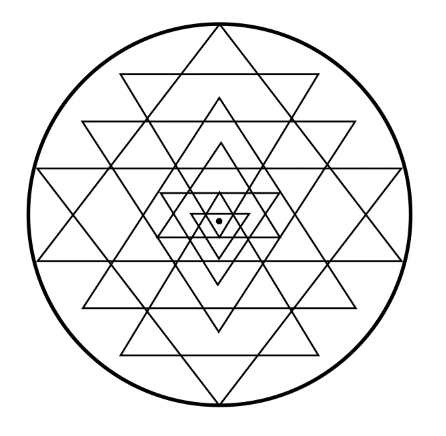

The Sri Yantra is a sacred geometric pattern in Hindu and Tantric traditions, symbolizing the universe and the union of masculine and feminine energies. Used in meditation and worship, it represents spiritual and material abundance.
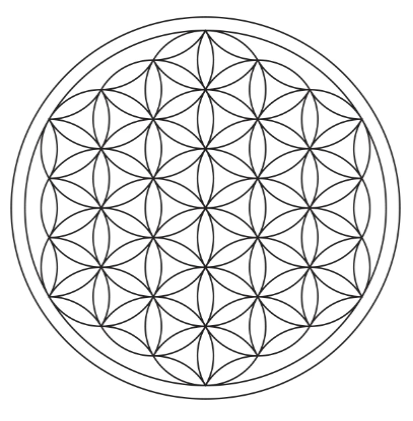

The “Flower of Wheel” likely refers to the Buddhist symbol, the “Wheel of Dharma.” It represents Buddha’s teachings and the path to enlightenment. It’s often depicted as a wheel with spokes, symbolizing the Noble Eightfold Path, with a lotus flower on top, representing purity and spiritual awakening.


The eagle is a majestic bird known for its keen eyesight, strength, and grace. It symbolizes freedom, courage, and vision in many cultures around the world. It often represents power and spirituality in indigenous cultures, while also serving as a national symbol in countries like the United States.


The Eye of Horus is an ancient Egyptian symbol representing protection, royal power, and good health. It’s associated with the god Horus and was believed to offer protection and healing. It’s a powerful symbol in Egyptian culture, widely used in art and religious iconography.


Wadjet is an ancient Egyptian goddess often depicted as a cobra or as a woman with the head of a cobra. She is associated with protection, royalty, and healing. Wadjet was revered as a guardian deity and was believed to offer protection against evil forces and illness. She was also closely linked with the Eye of Horus, serving as its personification in Egyptian mythology.
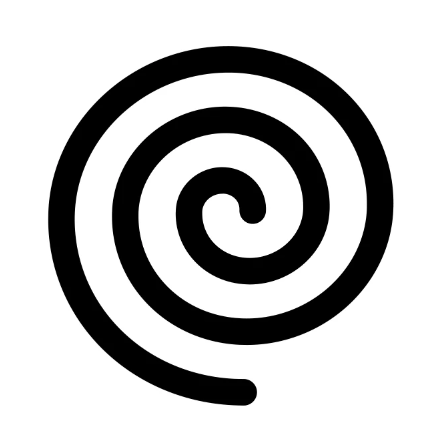

The spiral is a common shape found in nature and human-made designs. It represents growth, evolution, and the cyclical nature of life. Spirals can be seen in shells, galaxies, and plants, symbolizing the journey from the center to the outer edges and back again. In various cultures, the spiral is also associated with energy flow, consciousness, and the interconnectedness of all things.
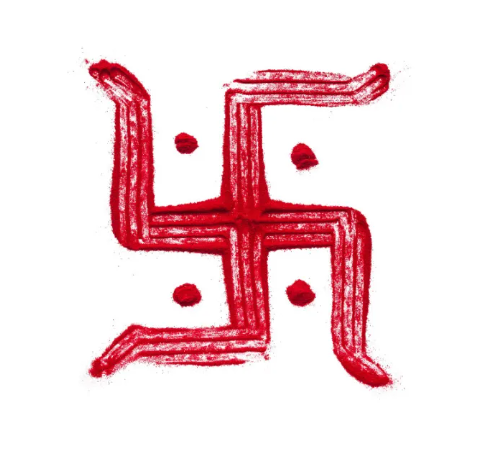

The term “swastika” originates from the Sanskrit roots “su” meaning “good, well” and “asti” meaning “is; it is; there is.” It’s a word frequently found in the Vedas and classical literature, where it signifies “health, luck, success, prosperity,” and was commonly used as a greeting.
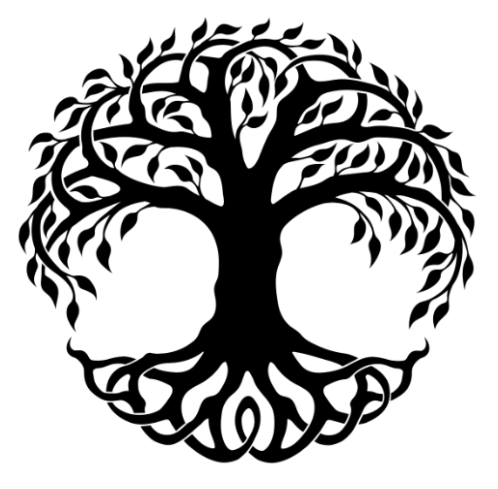

The Tree of Life symbolizes interconnectedness, growth, and the cycle of life across various cultures. Depicted with branches reaching into the sky and roots into the earth, it represents wisdom and the unity of heaven and earth in traditions like Christianity, Judaism, and Norse mythology.
In conclusion, sacred signs are powerful symbols that goes beyond cultural and religious boundaries. They serve as reminders of shared values such as spirituality, protection, and unity. These symbols play a vital role in guiding individuals on their spiritual journeys and fostering a sense of connection to the divine and to one another.
